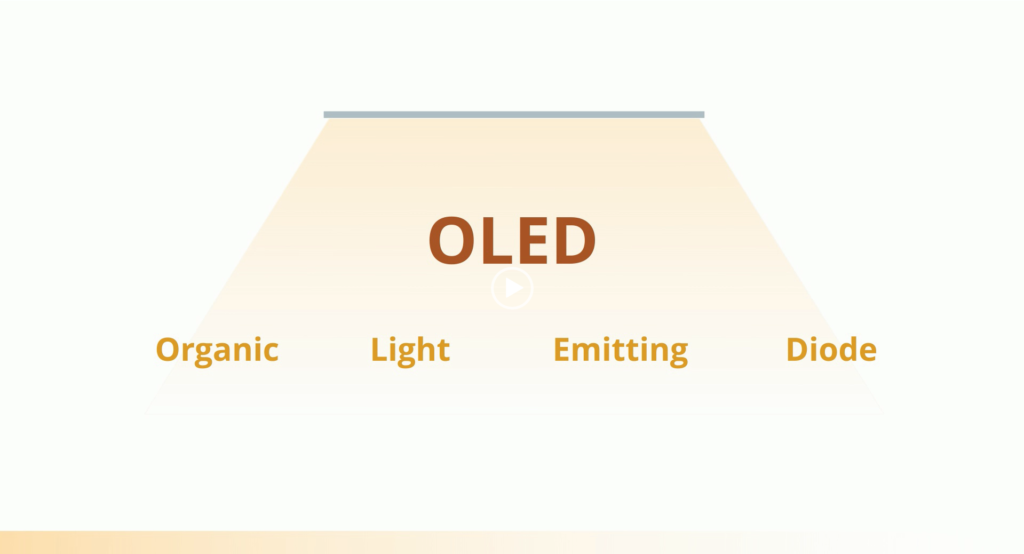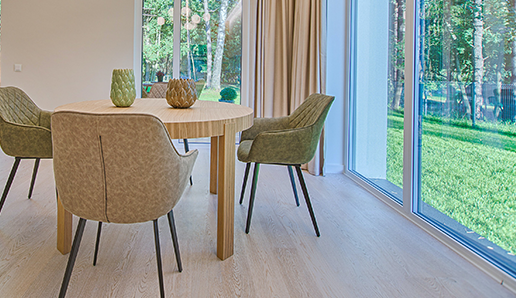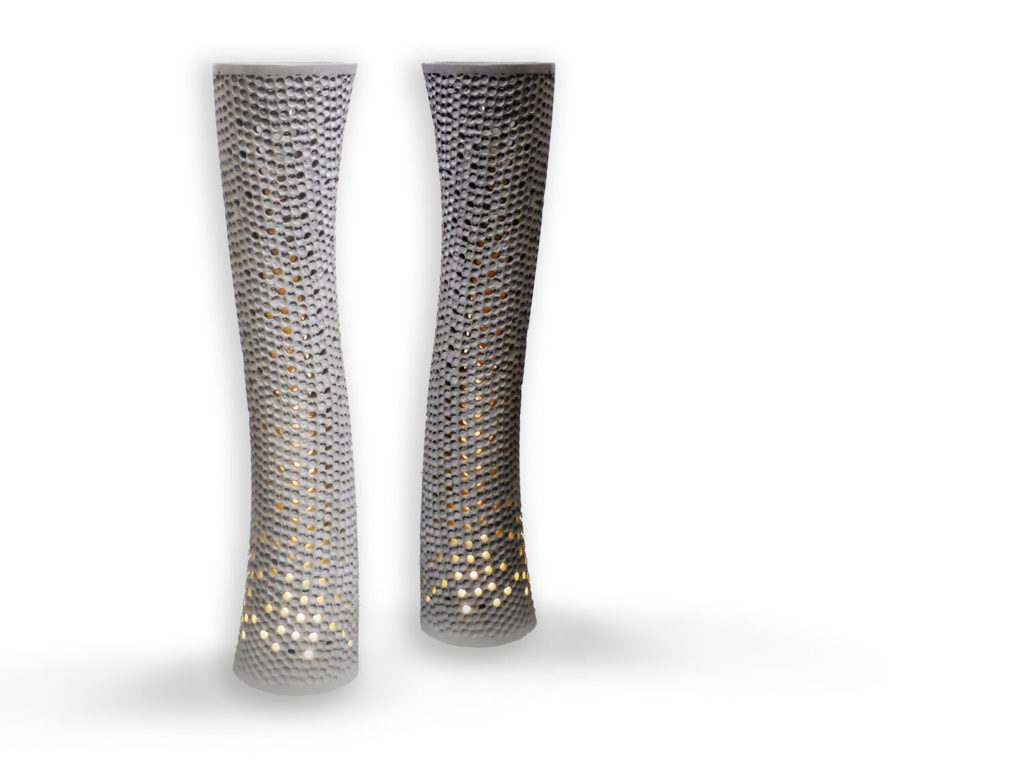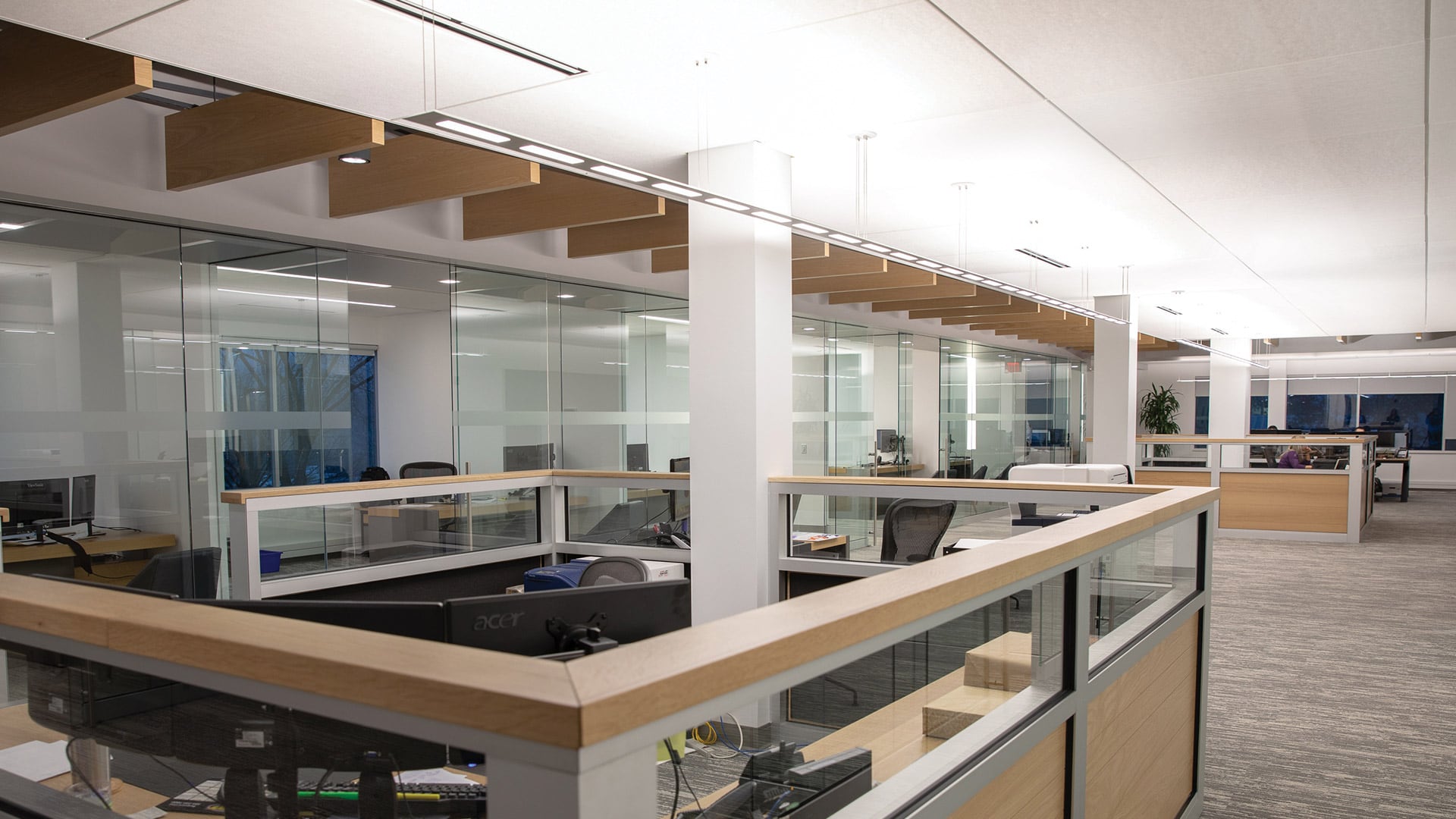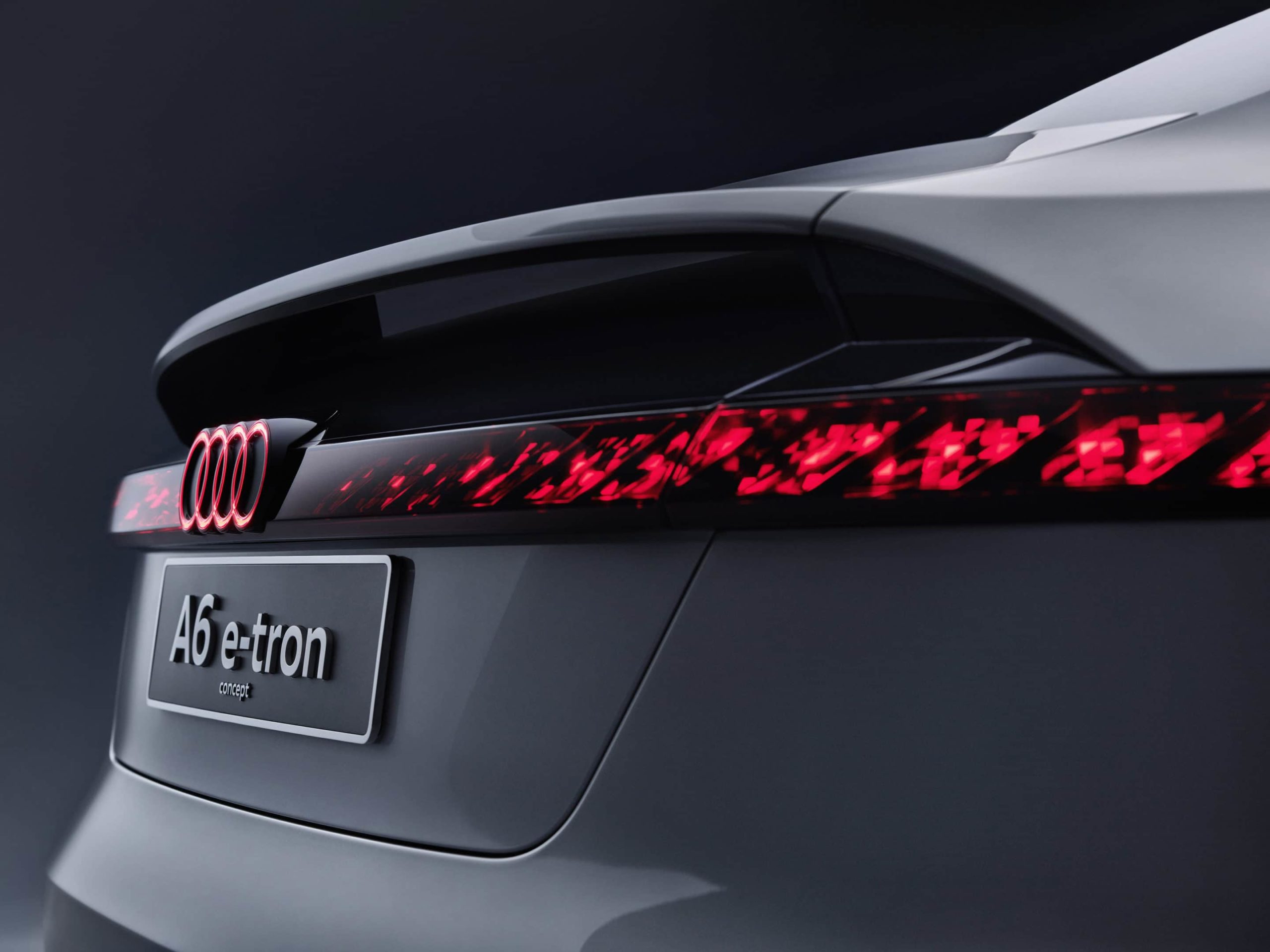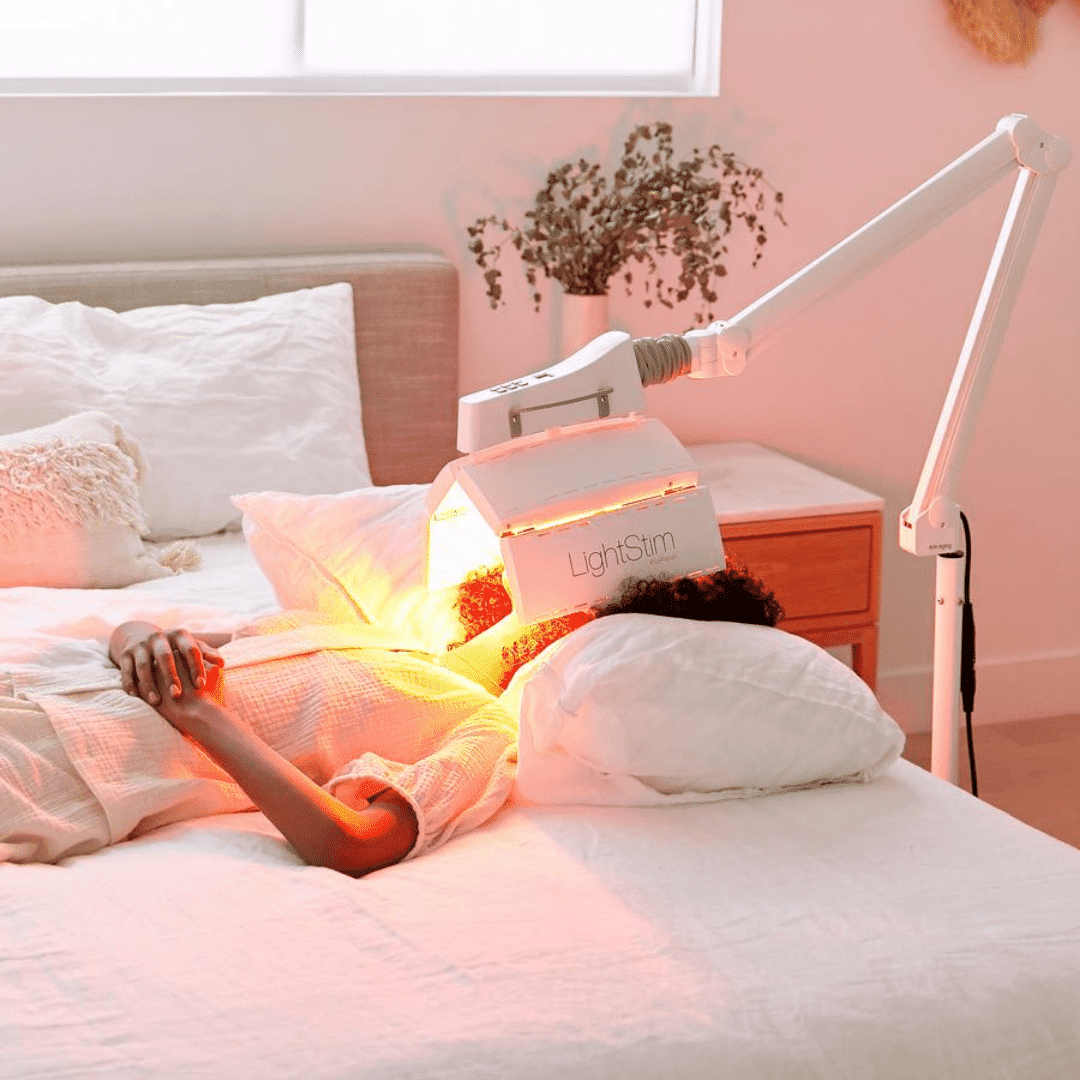Residence Style Predicts OLED is the Future of Lighting
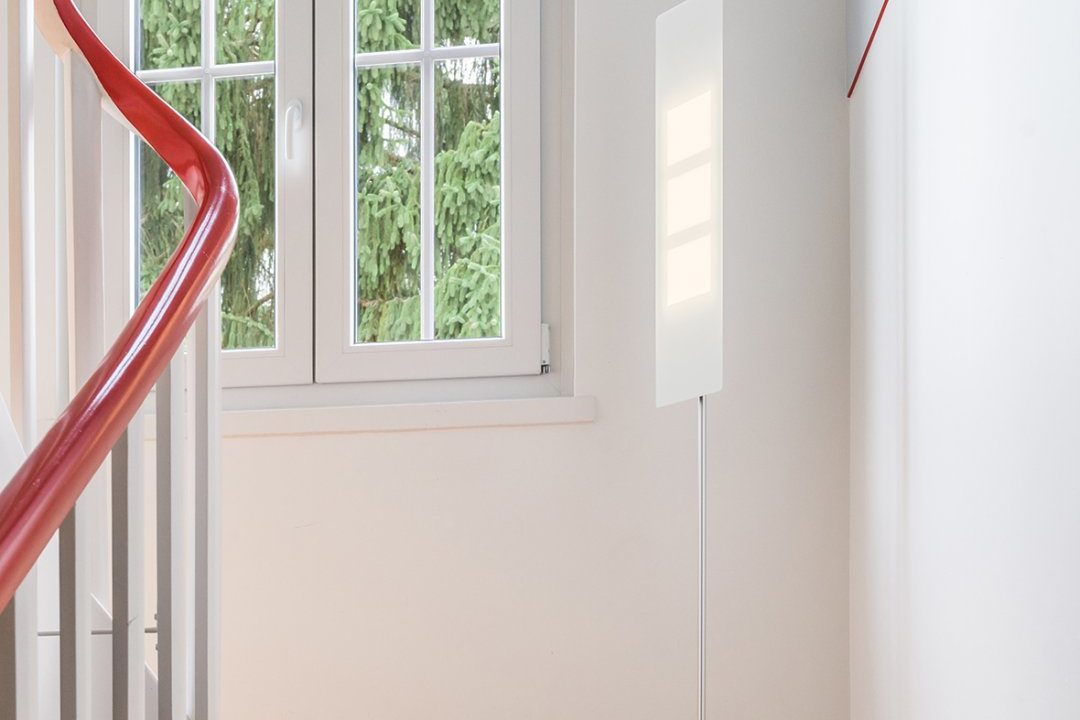
These days, consumers are gravitating towards “sustainable,” “healthy,” and “efficient” for …well, just about everything. Lighting is no exception. In this blog, Residence Style, an interior and exterior home design blog, shares their thoughts on the future of lighting: OLEDs. And we absolutely agree!
If you’re interested in upgrading your lighting, whether for your home, office, or business, this a must read.
Remember to subscribe to OLEDLight.org for more awesome content like this!
Related Articles: Better Workplace Light Quality is a Game-changer. Here’s Why. | Creating Proactive Health through Light Design | How OLED Light Can Make People Feel Welcome
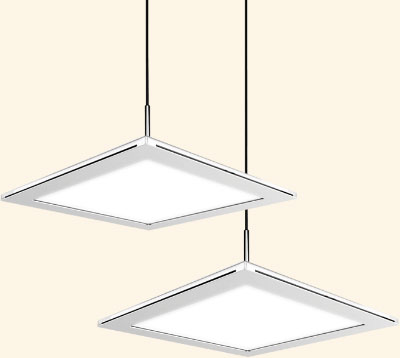
Excerpt from: Home In The Best Light: 10 Tips For Optimal Lighting
Organic Light Emitting Diodes: The Future of Light?
Originally published on Residence Style| December 8, 2020 | residencestyle.com
The lighting of tomorrow: Luminous walls, ceilings and panes of glass bathe rooms in soft light, shine in all colors and become huge screens. What sounds like an interior designer’s dream could soon become reality – with OLEDs, organic light-emitting diodes?
“Groundbreaking innovation – even if it still takes some time.” That’s the answer from Dr. Armin Wedel, when asked about the potential of Organic Light Emitting Diodes, or OLEDs for short. The new technology is not yet fully developed, but is already being celebrated as the lighting of the future.
Innovative Lighting
The specialty: organic light-emitting diodes are flat light sources that consist of a thin layer of light. This can be applied to any surface, such as glass and even flexible fabrics. Unlimited applications are conceivable: luminous wallpapers for the living room, a coated window that lets in sunlight during the day and illuminates the room at night. OLEDs can also be used as screens and are already being used for cell phone displays. Sony recently developed a roll-up screen for on the go.
The technology seems simple: several wafer-thin layers of an organic light source are vapor-deposited or “printed” on a carrier between two conductor layers. As soon as an electrical charge is applied, the surface begins to glow. “Organic” sounds like biomass, but it only means that the light source is based on a carbon compound.
OLED: Decorative Light Source
Manufacturers rave about the quality of the homogeneous, glare-free light from OLEDs. Osram praises the “warm white color temperature”, which is comparable to an incandescent lamp – in contrast to many energy-saving lamps. OLEDs also offer a wide range of colored light.
With these properties, the technology offers completely new design options: The flat, extremely flat light source can be transparent, milky or reflective. Thanks to its attractive appearance and the soft light, it also acts as a lamp – without an additional lampshade. Rooms can be perfectly illuminated; the diodes thus ensure a new quality of living: as a luminous room divider, on the floor and ceiling or integrated into panes and furniture.
Green Light for the Future
Another advantage of OLEDs is their energy efficiency: They generate hardly any heat and convert energy into light particularly efficiently – even more efficiently than halogen lamps. Light sources are being developed that even exceed today’s energy-saving lamps in terms of efficiency, says Karsten Heuser, head of the OLED lighting technology division at Osram. He sees OLEDs as a big step towards the “green future”: They help to save energy – “although we continue to live in a bright and colorful world”. In addition, unlike energy-saving lamps, OLEDs do not contain any environmentally harmful substances such as mercury.
After a Long Development Phase: OLEDs are Catching Up
The commercial breakthrough of OLED lighting is approaching. The first products are already on the market, for example “Orbeos”: The round lamp from Osram measures 8 centimeters in diameter and is only 2.1 millimeters thick. So far, however, it has only been aimed at the premium design segment: a module costs around 250 Dollars. Novaled and Phillips also offer comparable lights.
